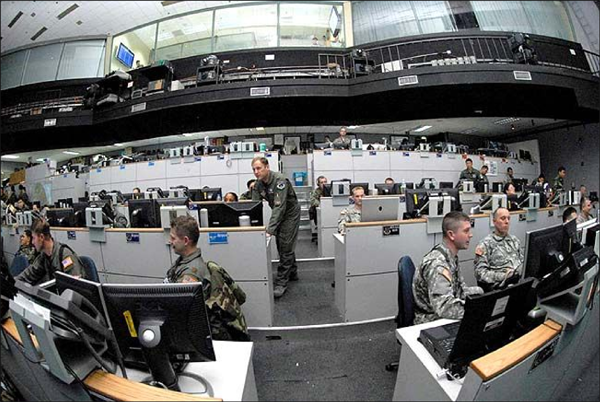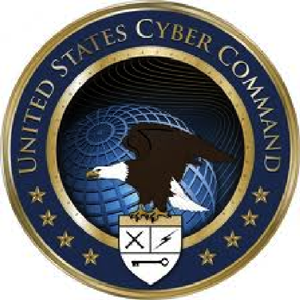Competition

Compelling Business Motivation
The US and much of the world depends on its information infrastructure to support virtually every aspect of modern life. This infrastructure includes telecommunications, computer networks and systems, and the data that reside on them. As more and more activities throughout all aspects of our lives continue to move to networked operations and our digital systems add more capabilities, our vulnerabilities will continue to grow.
Cyber Threat
The Director of National Intelligence summarized the Cyber Threat in his Annual Threat Assessment of the Intelligence Community for the Senate Armed Services Committee, 27 February 2008.
The Cyber Threat. The US information infrastructure-including telecommunications and computer networks and systems, and the data that reside on them-is critical to virtually every aspect of modern life. Therefore, threats to our IT infrastructure are an important focus of the Intelligence Community. As government, private sector, and personal activities continue to move to networked operations, as our digital systems add ever more capabilities, as wireless systems become even more ubiquitous, and as the design, manufacture, and service of information technology has moved overseas, our vulnerabilities will continue to grow.
State and Non-State Cyber Capabilities. Our information infrastructure-including the internet, telecommunications networks, computer systems, and embedded processors and controllers in critical industries- increasingly is being targeted for exploitation and potentially for disruption or destruction, by a growing array of state and non-state adversaries. Over the past year, cyber exploitation activity has grown more sophisticated, more targeted, and more serious. The Intelligence Community expects these trends to continue in the coming year. We assess that nations, including Russia and China, have the technical capabilities to target and disrupt elements of the US information infrastructure and for intelligence collection. Nation states and criminals target our government and private sector information networks to gain competitive advantage in the commercial sector. Terrorist groups-including al-Qa'ida, HAMAS, and Hizballah-have expressed the desire to use cyber means to target the United States. Criminal elements continue to show growing sophistication in technical capability and targeting, and today operate a pervasive, mature on-line service economy in illicit cyber capabilities and services available to anyone willing to pay. Each of these actors has different levels of skill and different intentions; therefore, we must develop flexible capabilities to counter each. It is no longer sufficient for the US Government to discover cyber intrusions in its networks, clean up the damage, and take legal or political steps to deter further intrusions. We must take proactive measures to detect and prevent intrusions from whatever source, as they happen, and before they can do significant damage.
Cyber Command

In response to the growing cyber threat, the Secretary of Defense directed the establishment of the United States Cyber Command (USCYBERCOM). USCYBERCOM is responsible for planning, coordinating, integrating, synchronizing, and directing activities to operate and defend the Department of Defense information networks and when directed, conducts full-spectrum military cyberspace operations in order to ensure U.S. and allied freedom of action in cyberspace, while denying the same to our adversaries
.






